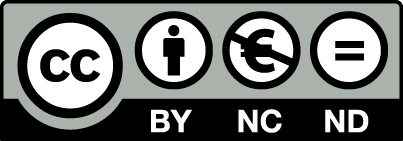Tunnel design approaches in Austria and Norway differ significantly due to their underlying methodologies. In Austria, the New Austrian Tunneling Method (NATM) is used to determine lining systems on a projectspecific basis. In contrast, the Norwegian Method of Tunneling (NMT) in Norway relies on the Q-system, where support selection is directly tied to rock mass classification. For a low Q-value, which indicates poor rock conditions, the rock support system suggested by the Q-chart is Reinforced Ribs of Sprayed Concrete (RRS). RRS offers several advantages in practical applications, yet research on the system remains limited, and mis-dimensioning of RRS in the Q-chart is suspected. This study aims to analyze the RRS lining system in detail based on convergence measurement data from the Frøyatunnel in Norway and explore its potential integration within the NATM. First, analytical calculations using the Confinement Convergence Method (CCM) are conducted. Then, numerical modeling with RS2 software is performed to simulate the system’s behavior. Finally, structural design calculations are carried out. The results show that the calculations yield consistent results, though these analyses require simplifications that introduce limitations. The methods used cannot adequately determine the mechanical behavior or load limit required for NATM. Therefore, the author sees RRS with the current state of knowledge as inadequate for use within the NATM. However, using RRS could bring many advantages to the NATM, so future research should focus on better understanding its behavior.
The Open Access version of this proceedings has been made available under a Creative Commons Attribution-Non Commercial-No Derivatives (CC-BY-NC-ND) 4.0 license.
